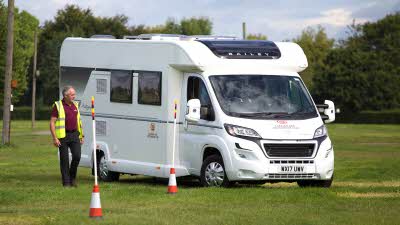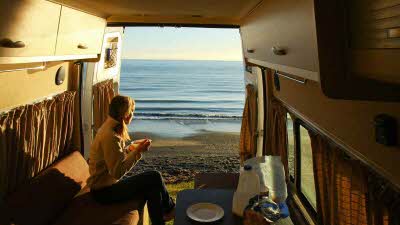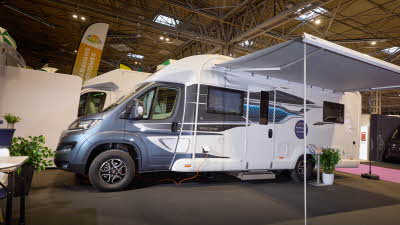Do I need a different driving licence for driving a motorhome or towing a caravan?
Motorhome buyers' guide
Thinking of buying a motorhome? We’re here to help and answer as many of your questions as we can, whether you're browsing through second-hand motorhomes in our Classifieds section, or buying a brand new motor.
There are a number of types of motorhome – you should carefully consider them all before you decide to buy.
Coachbuilts
There are three main types of coachbuilt motorhomes:
1) Over-cab
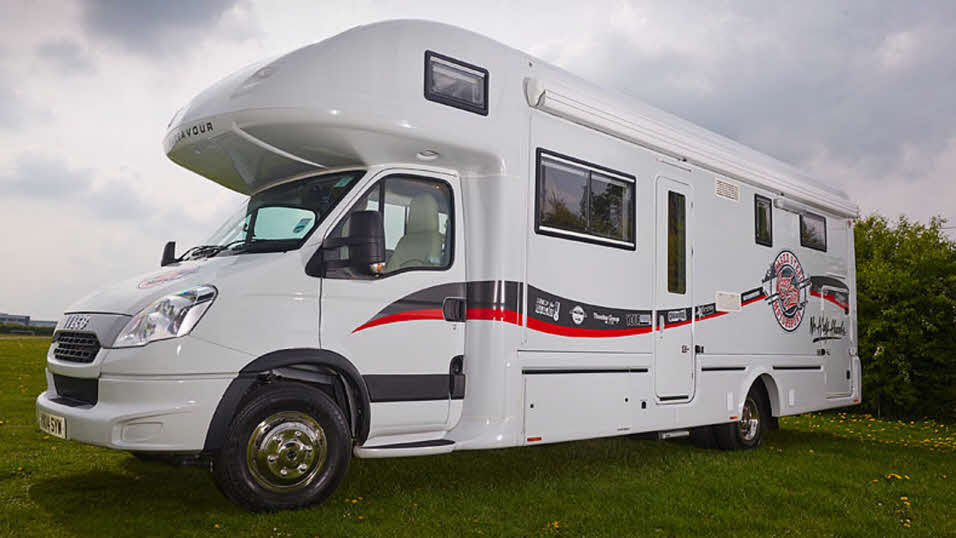
Over-cabs or ‘Lutons’ are generally larger vehicles, offering extra living space as their interior extends over the driver area. They’re kitted out with the sort of facilities you’d expect; permanent washroom, toilet compartment. They can sleep anything from two to six and generally provide a double berth in the over-cab area.
2) Low profile
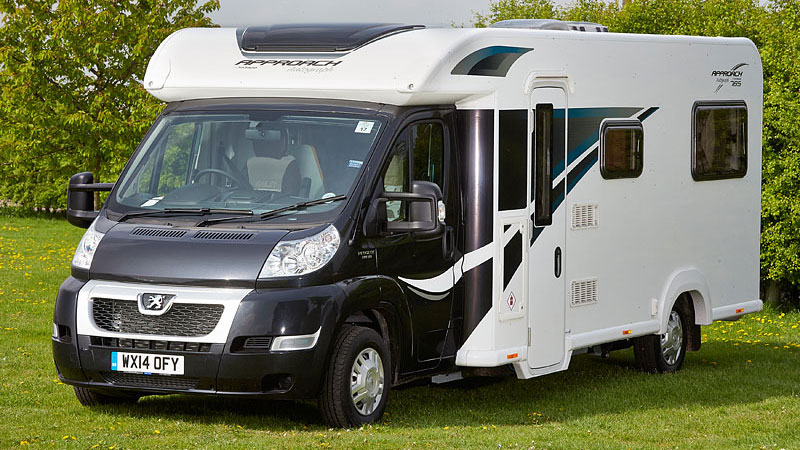
The low profile coachbuilt is very similar to the over-cab but tends to have storage cupboards rather than a double berth. The handling and fuel consumption is slightly better, and they seem more suited to couples. You might want to go for a continental low-profile coachbuilt, which can have an elevating roof section over the main body, making it easier to get under height barriers.
3) A-Class
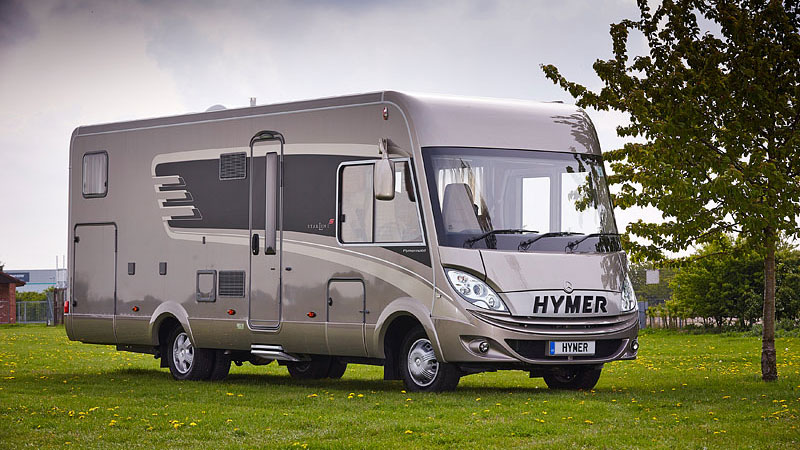
A-Class motorhomes are top of the range and are often built from the chassis up. This type of motorhome is perfect if you often go on long-distance touring holidays. They offer more space and comfort than any other type of coachbuilt motorhome, the wider cab normally accommodates a drop-down roof bed and swivel cab seats to form part of the lounge area.
Conversions
There are three main types of campervans and conversion motorhomes:
1) Fixed roof
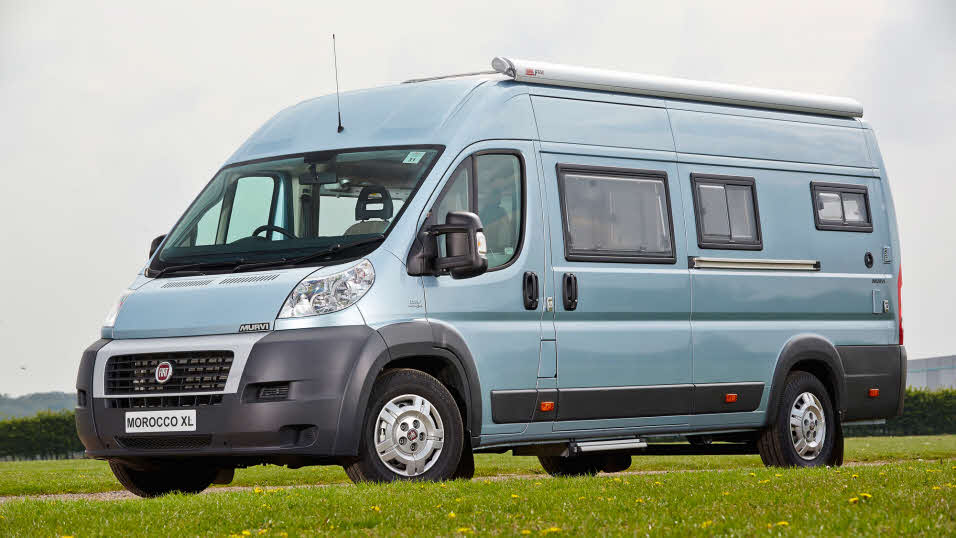
The low height of the fixed roof motorhome allows for them to be easily stored in your garage. Be prepared for no standing room and a limit to just two berths. Facilities and insulation are minimal but these are a great option for first-time buyers, offering a real taste of touring.
2) Elevating roof
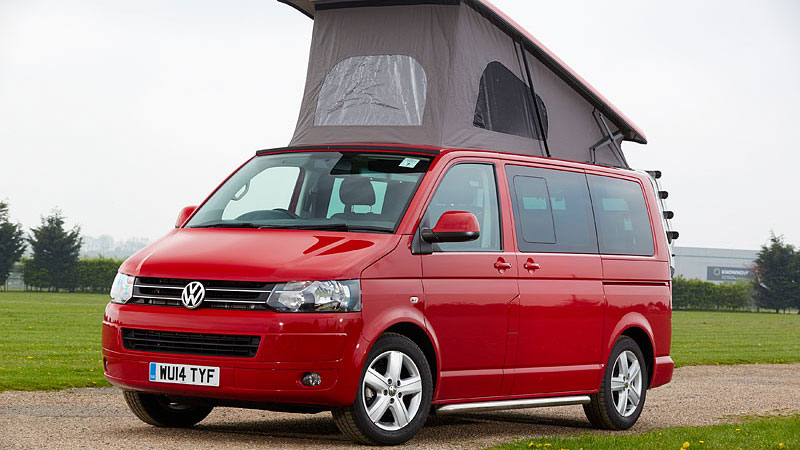
A step up from the fixed roof motorhome but basically retains the same layout, although the elevated roof allows for standing room. Some elevating roof motorhomes offer extra sleeping accommodation in the roof section, generally canvas bunks – perfect for kids.
3) High top
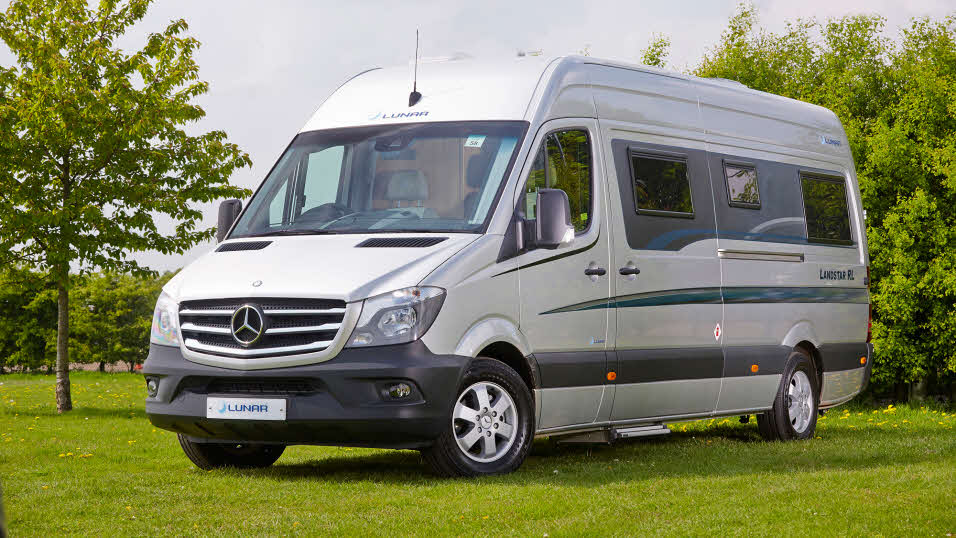
If you fancy a little more luxury and room the high top motorhome might be a good option for you. It has a permanently raised roof, the standing room is generally 2m and some high tops even have fitted shower or toilet rooms. The insulation in the roof section is better, although the body insulation remains pretty basic.
When buying second hand
We recommend you follow our checklist when thinking of buying a second-hand motorhome.
- Don’t buy a used motor caravan without having it checked with a moisture meter, which will warn of any problems.
- Check the registration documents for continuity particularly if you are looking at a conversion motor caravan, the DVLA should be informed about conversions.
- There should be a detailed history of all the services and MOTs etc. so if there isn’t think twice before buying.
- Look under the sink and by any pump to ensure no joints have leaked onto shelving.
- Inspect the mattresses and cushions, particularly underneath, for damp and staining.
- Ensure the bed locker lids support weight, and that the tables stand firm when in position.
- Check the operation of all gas equipment, even if you have to take an LPG cylinder with you.
- If mains electricity is installed, ask to see the latest inspection certificate by a qualified electrical engineer. It should be inspected at regular intervals – annually if the motor caravan covers high mileages.
- The tyre treads may look fine, but do the tyres look old? Five years is the maximum safe life, whatever the mileage.
- The tyres should be the right size for the wheel rims and matching, suitable for the maximum weight and speed of the motor caravan. Ask to take the motor caravan for a trial run and note its behaviour on the road.
Our caravan and motorhomes inspection service will provide extra peace of mind if you'd like an expert's opinion pre-purchase.
Top questions
Do you offer motorhome courses?
Can I use my motorhome to tow?



